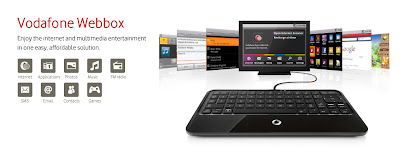The iPhone as an eNose used to sniff out disease
In just a short time, smartphones
will undoubtedly change the way we interact with the world, even moreso than
they already have. One of the biggest potential impacts of this trend is on the
medical industry, as more and more doctors and nurses are turning to phones and
tablets from Apple and Android to help patients better understand what is
happening to their bodies while ill. My wife is a budding occupational
therapist (graduating this weekend, in fact), and the two of us are working on
a project to find or create the best iOS/Android applications therapists can
use to assist them in treating patients, or that patients can use to better
keep track of their illnesses. We’ve learned that there are tons of cool and
useful programs out there, but these represent only the tip of the iceberg for
what’s to come.
The
Technology Review has discovered a research team at the California Institute of
Technology that would significantly change the way iPhones and iPads are used
in treating patients. Many common sicknesses have a unique chemical vapor
profile, and the team is developing an eNose that can literally smell out
sickness by identifying the vapors a patient is emitting. One of the team
members believes that in the near future the technology will be small and
affordable enough that a health care provider can carry it around as an
attachment to a smartphone to perform instant diagnosis on patients.
The
technology would eliminate the need for a medical lab in some cases, as several
illnesses have distinct chemical profiles that are easily identifiable by
smell. Of course, some illnesses aren’t as easily identified by smell, and
these illnesses would still require the customary lab profiles we’ve come to
expect. Still, some of the most common illnesses can be identified in such a
manner, as evidenced by a study in India that successfully identified
tuberculosis from a urine sample, predicting the disease’s presence with nearly
99% accuracy.
“The
researchers collected urine samples from more than 100 newly diagnosed TB
patients in New Delhi. They analyzed molecules from the urine that evaporate
quickly in the air, called volatile organic compounds (VOCs), using gas
chromatography and mass spectrometry, which give a detailed readout of chemical
components and their concentrations. Using this method to hunt for patterns, they
identified several VOCs that occurred in significantly different concentrations
in infected individuals. Using this signature, they were able to predict TB
infection in another group of patients with nearly 99 percent accuracy.”
While
we likely won’t see these types of devices in smartphones in the near future
(perhaps not even this decade), the breakthroughs in medical technology
researchers are currently coming up with will greatly change the way we consume
and interact with health care in the not-too-distant future. I, for one, am
excited to see where this trend of eMedicine takes us.



Comments
Post a Comment
Be sure to check back again because I do make every effort to reply to your comments here. Karibu :)